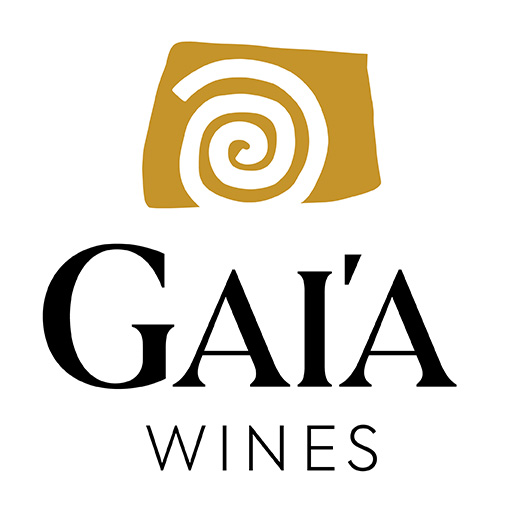
ANATOLIKOS
Nemea
Under the October sun, the perfectly ripe Agiorgitiko grapes are carefully spread out and left to dehydrate slowly,. After 3-4 weeks the half-grained grapes are collected, and then pressed exhaustively until they give up the last drop of their must. This process lasts for more than six hours, resulting in a small quantity of highly aromatic and concentrated must.
Afterwards a slow fermentation begins, which will be halted before its completion, leading to the birth of a sweet wine. The young wine ages in French old oak barrels where oxygen will endow ANATOLIKOS with a more serious and complex personality.
But why was the name ANATOLIKOS given to this wine? Perhaps because somewhere there to the east, at the foothills of Caucasus, are the roots of all wines. Maybe because for us the taste of the East is sweet and nostalgic. Maybe because we just liked it…
It is possible to age ANATOLIKOS for a longer period of time and evolve in its bottle, towards complexity, as long the ideal storage conditions are provided. It is best enjoyed cold but never chilled with chocolate-based desserts.
Under the October sun, the perfectly ripe Agiorgitiko grapes are carefully spread out and left to dehydrate slowly,. After 3-4 weeks the half-grained grapes are collected, and then pressed exhaustively until they give up the last drop of their must. This process lasts for more than six hours, resulting in a small quantity of highly aromatic and concentrated must.
Afterwards a slow fermentation begins, which will be halted before its completion, leading to the birth of a sweet wine. The young wine ages in French old oak barrels where oxygen will endow ANATOLIKOS with a more serious and complex personality.
But why was the name ANATOLIKOS given to this wine? Perhaps because somewhere there to the east, at the foothills of Caucasus, are the roots of all wines. Maybe because for us the taste of the East is sweet and nostalgic. Maybe because we just liked it…
It is possible to age ANATOLIKOS for a longer period of time and evolve in its bottle, towards complexity, as long the ideal storage conditions are provided. It is best enjoyed cold but never chilled with chocolate-based desserts.
It consists of a shallow (70-80cm) clay layer that lies upon the lime mother soil with relatively neutral ph. Low organic content, like most of the limestone soils in Greece. On the slopes of the hills where most of the vineyards are located, the soils drain quite well but are exposed to erosion.
Cold and humid winters with low temperatures that rarely drop below the freezing point. Summers are warm, without excessively high temperatures and with few showers during June. Typically, a long Indian type autumn follows the summer. The warm September days with significantly colder nights and the dry conditions synthesize an ideal weather pattern for a good maturation. The total rain precipitations (600-700mm annually) occur mainly between October and March.
Owned 40 years old in the semi-mountainous commune KOUTSI in NEMEA, at an altitude of 450-550 m with an intense slope # 15% & N-S.W direction. This vineyard is pruned very strictly in order to reduce its high fertile buds.
The winery was built in 1997 at the heart of the private vineyard in Koutsi, Nemea at an altitude of 550m. Our winery in Koutsi is housed in a contemporary industrial building with magnificent views of the plains of Nemea and the valley of Asopos River, around 350m below. Its capacity is 3,060 hectoliters while its production equipment and the high-quality control systems offer to the oenologist every state-of-the-art instrument for a vertical production of high quality wines.



